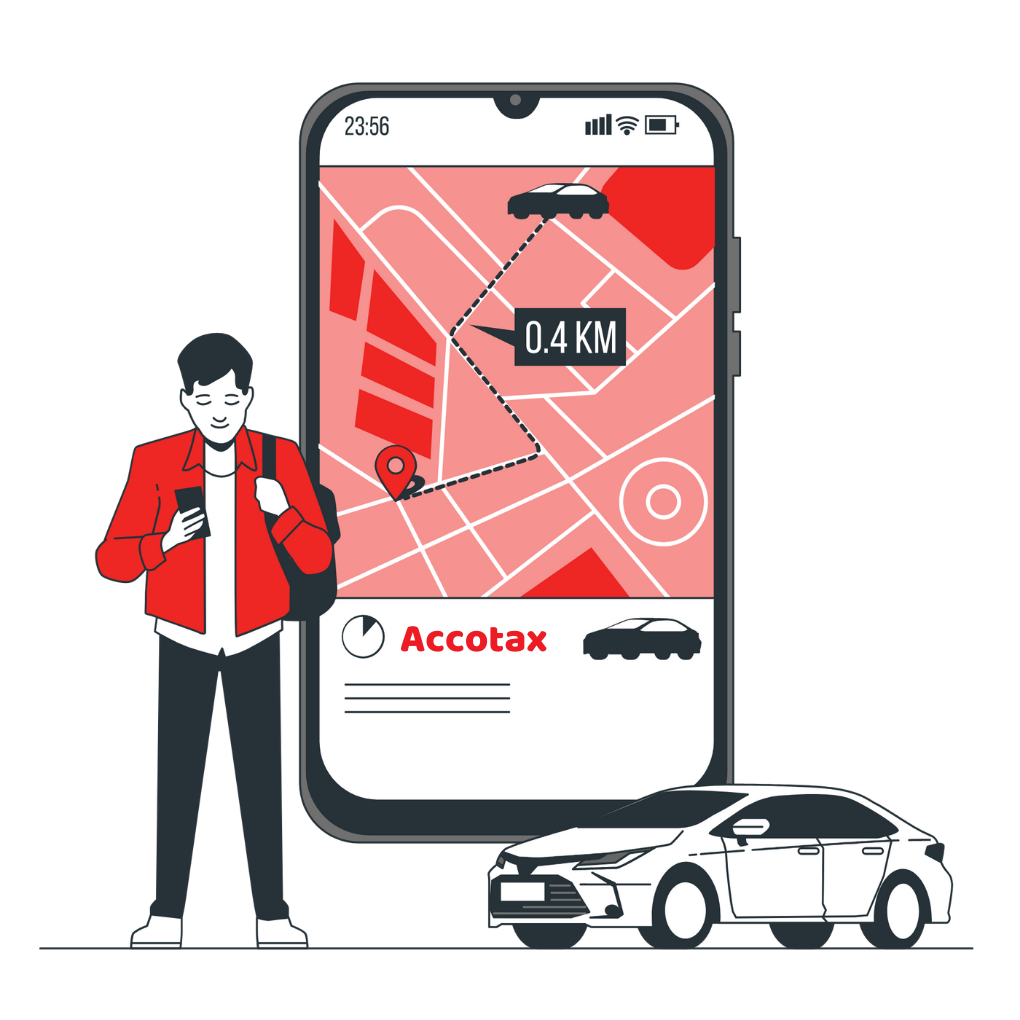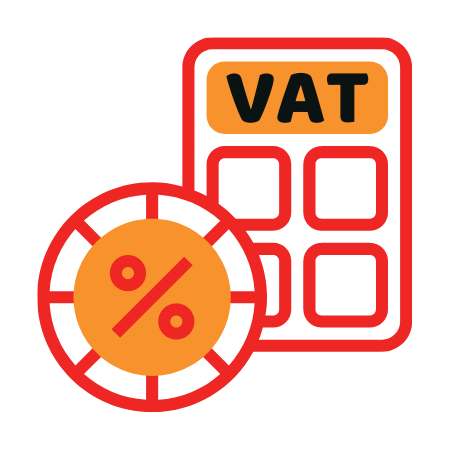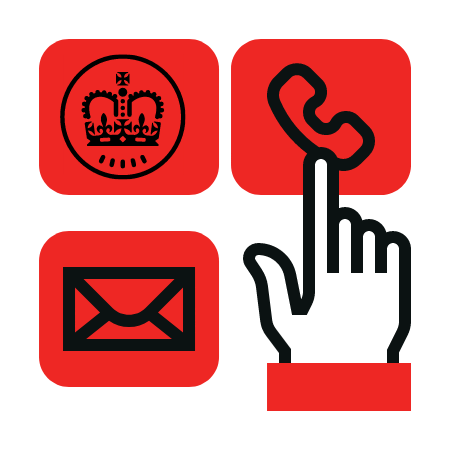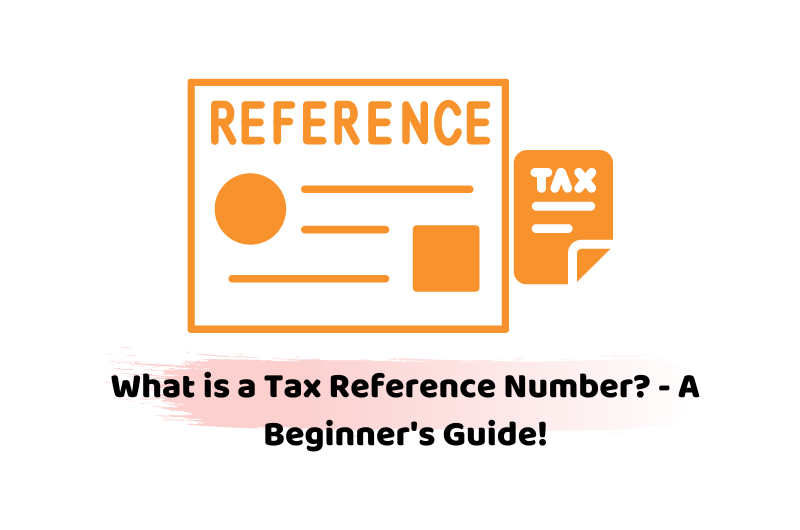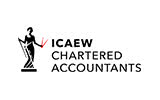It is considered to be imperative by every country’s tax authorities to keep a track of public tax accounts. In the UK, there is no such thing that is not identifiable by the authorities which ensures a smooth transition of the system in the tax department. A tax reference number has an important role here. If you are reading as a beginner, you must be wondering what is a tax reference number.
Further in the discussion, you will find the answers to frequently asked questions. This involves the answers to what is a tax reference number, how to get a tax reference number from HMRC, and what is the required information that you will have to provide when you are applying for the tax reference number.
Get in touch with one of our professionals to learn about what is a Tax Reference Number. We will hear out your queries and answer them instantly. Contact Now!
What Is A Tax Reference Number?
The tax reference number refers to the number that belongs to the taxpayers in the UK. This helps them to keep a track of the tax record of every individual. There are several digits in the tax reference number that every individual receives. There is an addition of the letters sometimes at the end of the number. It is usually found on your payslip as well. Or you can even find it in P60. In case you are no more working for the old employer, your tax reference number will be found on P45.
Moreover, the tax reference number that every individual gets remains with them for the rest of their life. This is just like the national insurance number that remains with you for your whole life. When you register yourself for the self-assessment tax returns, you will be issued the tax reference number by HMRC. In the case you have already been through the registration process, you can find your tax reference number quoted on the relevant documents sent by HMRC. Your account statement, a notice of filing tax returns, and payment reminders are a few such examples.
Tax Reference Number from HMRC – Who Needs It?
If you are the individual who submits a self-assessment tax return, you are the one who needs to get a tax reference number from HMRC. In this case, you are self-employed or you are running your business by setting up a limited company but you have to deal with tax on capital gains, dividends, or saving interest.
Even if you are making an earning that exceeds a certain limit, you will be added to the list of individuals who need to get a tax reference number from HMRC. Once you are assured that you are liable to get the tax reference number from HMRC, you are advised to take the necessary action immediately. In case you fail to fulfil the requirement, you will struggle with facing unfavourable circumstances. This can affect your reputation in the industry regardless of whether you are running a limited company or working as a self-employed business.
What Is The Method to Get A Tax Reference Number
If you are thinking to get the tax reference number by easy means or if you consider you will get it automatically, let us clear to you that the case is not that handy. By now you know that first you are required to be registered for self-assessment to get the tax reference number from HMRC. The points listed and explained below will help you to know how to do it.
1- Apply By Writing to HMRC:
There is always an option to do it by post. You can write to HMRC and ask about your tax reference number. However, this process is considered to be slow. The letters are often sent back and forth to provide the required information. This process usually takes longer than other processes.
2- Get in Touch over a Phone Call:
Another easy way to get in touch with HMRC is over a phone call to enquire about your tax reference number. You will be asked to provide certain information and HMRC may still guide you to use the online portal to apply.
3- Online Registration:
Let’s take the example of a new business in the industry, right after you initiate your business activity you will be required to submit your tax returns. If you want to do it via an online medium, the HMRC website is a great medium to complete this process. Once you are done with this process, you will receive your tax reference number automatically by a post sent by HMRC.
Required Information to Get a Tax Reference Number
The following information will be required to get the process of registration complete.
- Your email address
- Your direct phone number
- Your date of birth
- Your national insurance number
- Your current address
- Complete name
In the case, you are carrying out a business on your own, you will be asked for:
- Your business phone number
- Your business address
- The type of your business
- The date of beginning your business
The Bottom Line
Now that you have gathered a fair amount of information about what is a Tax Reference Number, we can bring the discussion towards wrapping up. This is understood that self-assessment tax returns are associated with the process of getting your tax reference number from HMRC. However, the process is simple and easy to carry out yourself. You can apply it through the online portal, over a phone call or by writing HMRC. You will have to provide the required details and you will get the number within 10 working days. In case you are residing abroad, you will get it within 21 working days.
Are you stuck with dealing with your company’s Tax Reference Number and seeking professional help? Give us a call on 02034411258 or request a callback.
Disclaimer: The information about what is a Tax Reference Number provided in this blog including text and graphics in general. It does not intend to disregard any of the professional advice.

































